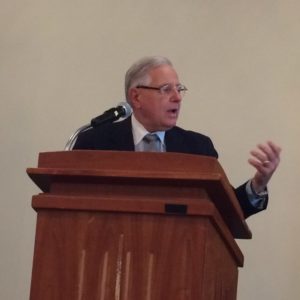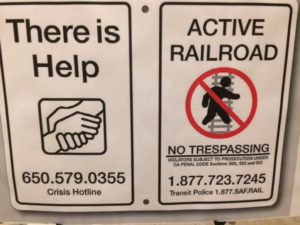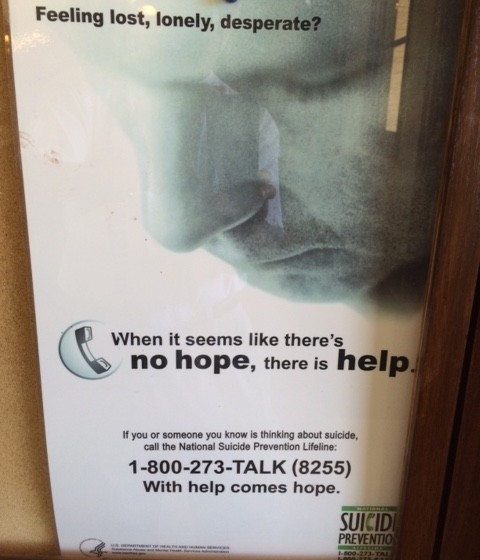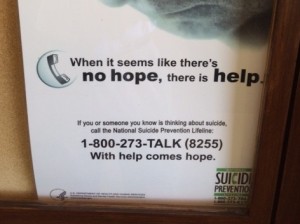Railroad safety advocates in Chicago have gained a “champion” in Washington, D.C.
With his words and a handshake, Federal Railroad Administration chief Ronald Batory agreed to work toward reducing trespassing and suicide deaths by 50 percent by 2026.
“I am totally committed to it,” Batory said, then shook hands in agreement with Dr. Lanny Wilson, chairman of the DuPage Railroad Safety Council. Prior to the conference, Wilson said enlisting Batory’s support on a national level was one of the council’s goals.
Batory was keynote speaker Thursday at the council’s biennial conference, held at the Drake Hotel in Oak Brook. More than 100 safety advocates, public officials, railroad representatives and others were on hand for the daylong session.
The organization launched the campaign in 2016, hoping to replicate the success of the federal Highway-Rail Crossing Safety Action Plan in reaching the goal of reducing crossing incidents and fatalities by 50 percent.
Reducing grade crossing deaths was the original goal of the council, which Wilson, a Hinsdale physician, formed after the death of his daughter, Lauren, in a 1994 crossing incident. Batory also lived in Hinsdale at the time, and his daughter was a high school classmate of Lauren.
Wilson noted that while highway-rail crossing statistics have steadily improved in recent years, trespasser and suicide statistics have worsened.
Thursday’s conference was intended to continue the discussion about prevention strategies, mental health awareness, and law-enforcement…



